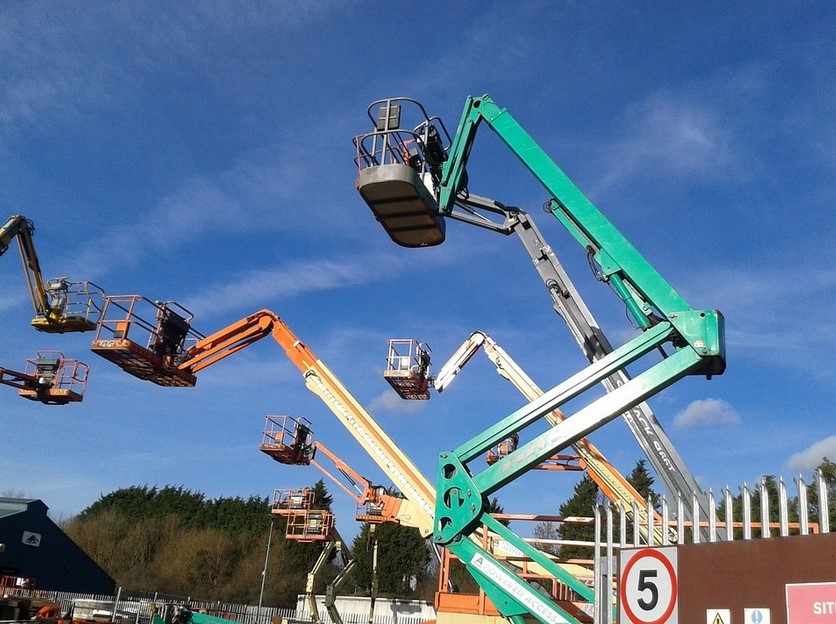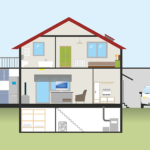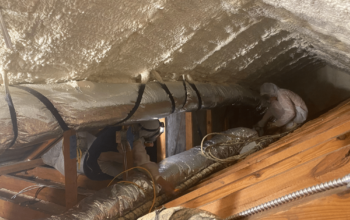The first and foremost priority for Elevated Work Platform (EWP) providers must be to provide productive and safe elevated work platforms for their customers who work at height. However, once the machinery is on the construction site, the people who are operating the EWP must follow safe operating practices as described the in the risk assessment register to ensure a productive and safe working location. Have a look at these ten safety tips for operating an EWP on site.
- Reading, Understanding And Following Employer Worksite Regulations And Safety Guidelines
Workers must also obey all applicable governmental, local and provincial regulations that apply to using an EWP.
- Doing A Pre-Operation Inspection And Operation Test On The EWP Before Each Shift
If you’re using the equipment for the first time, this will be done before delivery. If the equipment fails any of such tests, make sure you tag and remove it from service immediately for it to be repaired by a qualified mechanic. Keep in mind, an EWP ticket is necessitated for high-risk work. This includes operating booms exceeding eleven meters in height.
- Doing A Workplace Risk Assessment Before Moving The Equipment To Another Job Site
Be on the lookout for holes, drop-offs, slopes or any unstable or slippery surfaces, power lines, overhead obstacles or any other hazards that may be present and work out a plan to prevent these hazards from causing injury or damage during operation of the machinery.
- Wearing Appropriate Fall Protection
For boom lifts, two harnesses are given and must be worn to prevent the risk for an operator catapulted from the boom or platform. The harnesses can lower the probability of sustaining severe injury or perhaps death.
- Avoid Any Sitting, Standing Or Climbing On The Guardrails On The Platform
Operators must always uphold secure footing on the platform.
- Never Exit The Scissor Lift Platform Or Elevated Platform Unless They Are Appropriately Trained
In order to do this, hundred percent tie-off must always be maintained.
- Never Climb Down Form A Raised Platform
If possible, a two-way radio or cell phone must be carried while on the platform and keep a contingency plan in place, if the aerial equipment doesn’t have an auxiliary lowering system or in the event of the system malfunctioning.
- Keeping The Platform Floor Free From Debris
Items like toolboxes, scrap material or buckets pose a serious trip hazard. BE sure to remove all items from the platform except those that are critical for performing the work.
- Before Using The EWP, Close The Entry Gate Or Lower The Platform Entry Mid-Rail
Avoid propping or taping the entry open and operating the equipment if the gats hasn’t latched properly.
- Undergoing Appropriate Training (Both Hands-On Practical And General)
Also ensure that you’ve become familiar with the precise aerial work platform that the worker will be operating. This includes studying of the safety signs on the equipment and operating manual, and also understanding the location and functioning of safety controls and devices prior to operation.
By following these basic safety operating tips, you can ensure safe operation of aerial work platforms productively on a daily basis.
Related Posts












